- Why Scientists Track Atmospheric Carbon With Giant Towers - October 7, 2025
- The Link Between Melting Ice and Rising Sea Levels Explained - October 6, 2025
- How Ocean Currents Help Regulate Global Climate - October 5, 2025
California Reigns Supreme with Nearly Two Million Solar Installations
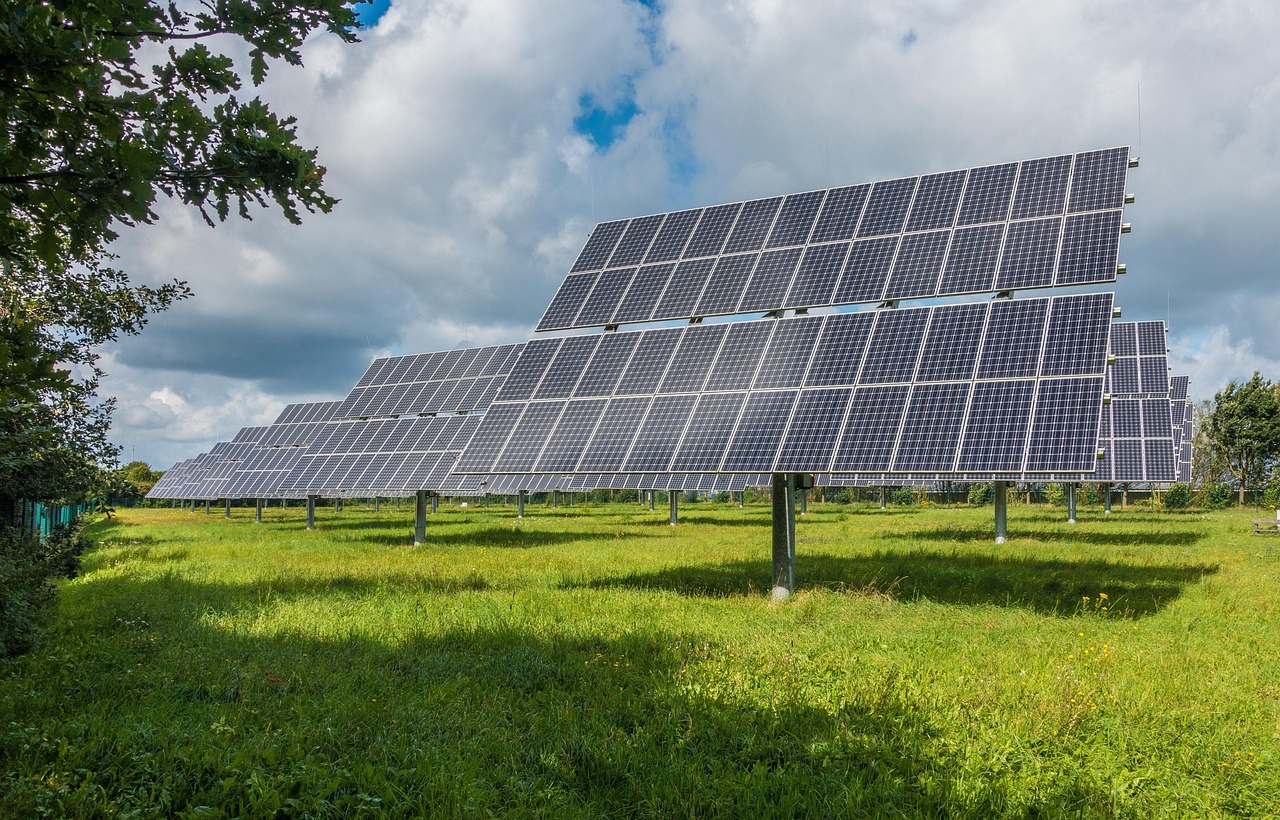
California has by far the greatest installed capacity of solar photovoltaic (PV) power of any U.S. state, leading the nation in solar energy with a staggering 46,874 MW installed, powering more than 13 million homes. California’s 1.8 million solar installations are nearly tenfold those of Arizona, the second-largest state in terms of solar installs. Think about that for a moment – if California were a country, it would rank among the top solar nations globally. This represents 28% of the state’s electricity coming from solar, with a solar workforce of 78,116 and $102.8 billion invested in solar energy.
This massive disparity underscores California’s role and its vast potential for solar energy, driven by once-supportive policies, significant investment, and an ideal climate, though recent policy changes have hindered growth in the state as of 2024. The Golden State’s dominance isn’t just about numbers – it’s about creating an entire ecosystem where solar becomes as normal as having a garage.
Texas Emerges as the Surprising Solar Powerhouse
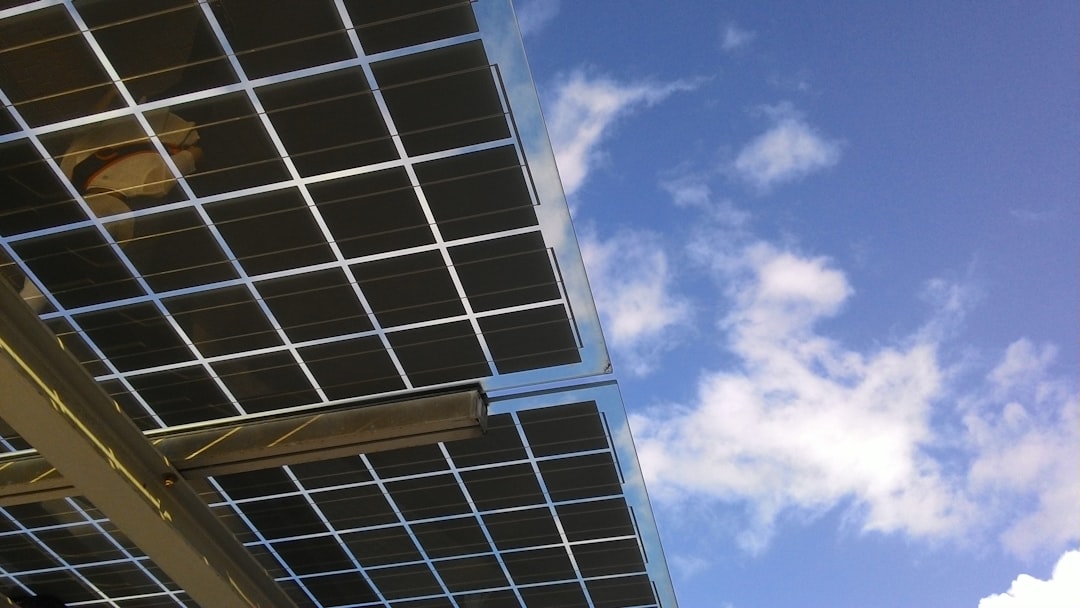
The Lone Star State ranks #1 for total utility-scale solar and new solar added in 2024. Texas is a rising star in solar energy, ranking second with 22,872 MW installed, enough energy to power more than 2.6 million homes. What makes Texas particularly fascinating is how it’s balancing its oil heritage with renewable ambitions. Texas is quickly catching California for total installed capacity with 41 GW expected over the next decade, with the solar industry driving over $50 billion of investment into the Texas economy, and nearly 300,000 Texans now using solar on their homes.
The solar industry has also been a boon for Texas farmers and ranchers, allowing them to keep energy costs low or earn supplemental income all year round by leasing part of their land for solar development. It’s like watching a massive oil tanker slowly turn toward renewable energy – when Texas moves, the entire energy landscape shifts.
Florida’s Sunshine State Lives Up to Its Name
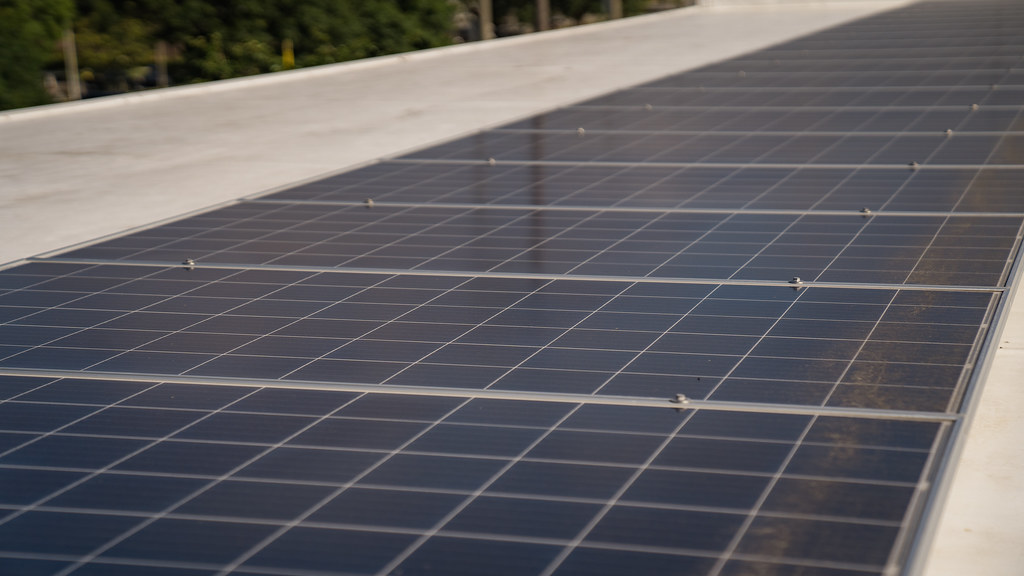
Holding steady in the third spot is the Sunshine State, with Florida having over 18.5 GW of installed solar capacity, which is enough to power more than 2,200,000 homes. The Sunshine State ranks third nationally with 13,912 MW of solar installed, enough to power more than 1.6 million homes, with Florida’s solar market projected to grow 15,592 MW over the next five years, maintaining its third-place ranking. Florida’s solar story took a dramatic turn during recent hurricane seasons. After the passage of Hurricane Helene and Milton, communities across the state – such as the Hunter’s Point – turned to excess solar energy to keep their lights on.
The state’s rapid growth isn’t just about perfect weather conditions. Florida’s residential solar market has grown rapidly due to favorable weather conditions and supportive policies, with the state offering incentives like sales tax exemptions and a strong net metering program, making solar installations more attractive to homeowners. When hurricanes knock out traditional power grids, solar-powered homes become islands of normalcy in a sea of darkness.
Arizona Blazes Trail with Desert Solar Advantage

Soaring into the Solar Top 5 is Arizona, with the Grand Canyon State now home to nearly 10,000 solar careers and enough solar to power 1.45 million homes. Arizona solar installations are enough to power almost 1.2 million homes, with a total installed capacity of 7,675 MW, with the state having invested $18.8 billion in solar and prices falling by 10% over the last decade, making solar more accessible to Arizona residents. The desert state has turned its greatest challenge – scorching heat – into its greatest asset.
Favorable net metering programs coupled with property tax exemptions help make Arizona one of the fastest growing residential solar markets in the U.S. Arizona shines as the second-ranking state over 290,000 solar homes, leveraging its abundant sunshine to harness solar energy effectively. Picture this: where once only cacti thrived in the desert heat, now millions of solar panels convert that relentless sun into clean electricity.
North Carolina’s Unexpected Solar Success Story
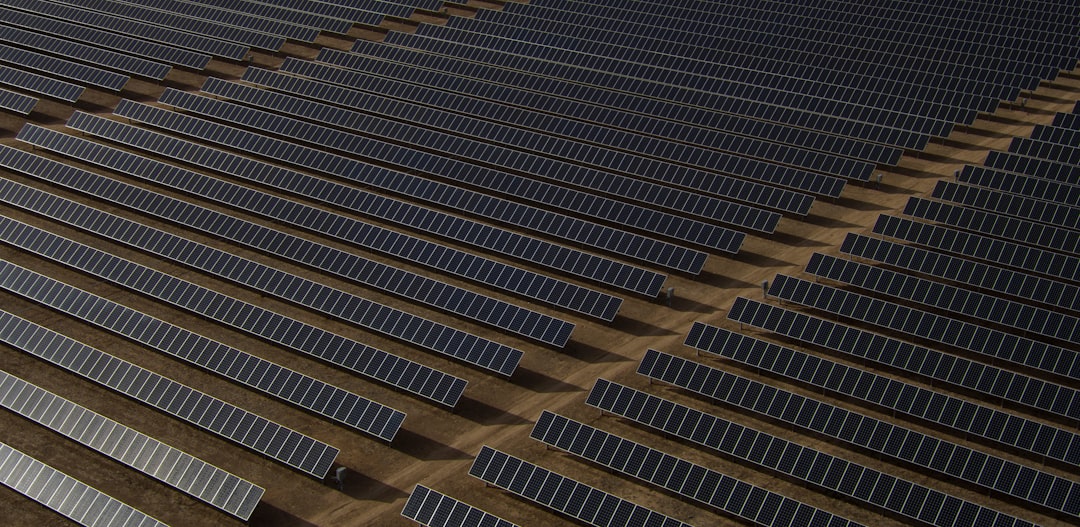
Rounding out the top 5 is the Tar Heel State, with North Carolina home to more than 7,300 solar jobs, and the solar industry generating over $13 billion in economic activity in the state. North Carolina has seen a significant rise in its solar capacity, now ranking fourth nationally with 9,310 MW installed and powering almost 1.2 million homes, leaping from its position in the thirteenth spot in 2023, having invested $12.8 billion in solar and projected to grow 2,345 MW over the next five years. This represents one of the most dramatic climbs in solar rankings nationwide.
After Hurricane Helene, solar microgrids kept the lights on in small towns across the state, including the rural mountain community of Hot Springs, with four military bases across the state – such as Camp Lejune – now relying on solar energy too. North Carolina proves that you don’t need to be in the Sunbelt to make solar work – sometimes smart policy and determination matter more than perfect weather.
Hawaii Leads in Solar Penetration Per Capita
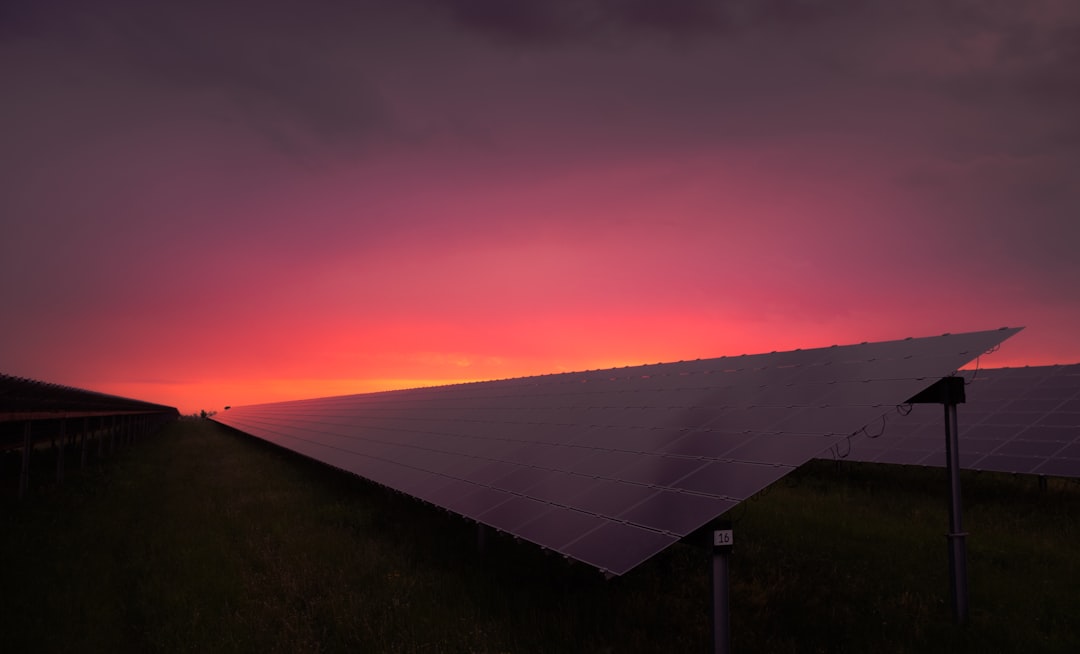
Hawaii leads the nation in non-residential distributed generation, ranking first per capita, with 36% of homes in the Aloha State having solar, though the state’s residential solar is ranked 24th per capita, compared to California where 24% of homes have solar. As of the end of 2024, approximately 26% of HECO’s residential customers had installed solar panels, with penetration even higher among single-family homes at 43%. This means that nearly every other house you see in Hawaii neighborhoods has solar panels on the roof.
Hawaii leads the country for residential solar-plus-storage systems, with 96% of all residential rooftop solar installations in Hawaii including energy storage according to the legislature. With fantastic solar insolation and high electricity prices due to a dependence on imported energy, Hawaii is an ideal solar market, and with the highest electricity rates in the US, Hawai’i can use energy storage as a mechanism to significantly lower customer rates. When electricity costs more than almost anywhere else in America, solar becomes less of a luxury and more of a necessity.
Massachusetts Defies Geography with Solar Innovation
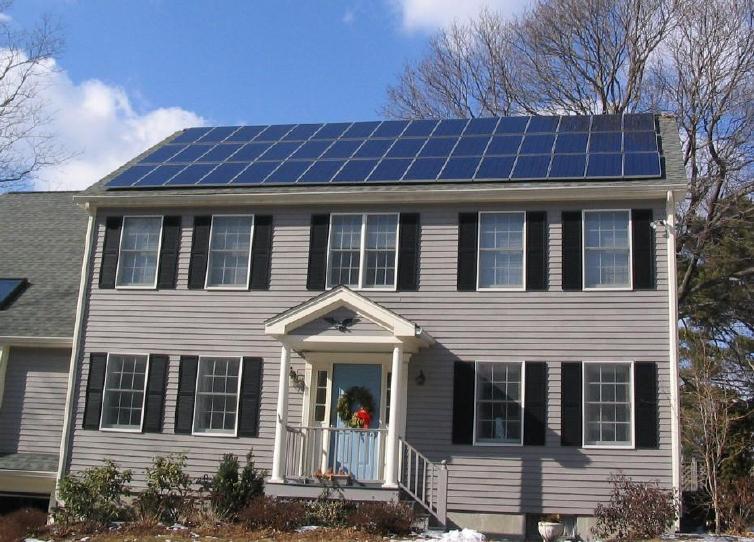
Massachusetts ranks fifth in solar installations per capita with 1,577.30 installations per 100,000 people. Renewables contributed almost 30% of Massachusetts’ electricity generation in 2021, mostly coming from solar energy sources, with small-scale solar PV systems making up nearly 66% of the state’s total solar capacity that year. The Bay State shows that cloudy winters don’t have to kill solar dreams. Massachusetts has been a leader in renewable energy adoption for years, with the state’s Solar Massachusetts Renewable Target (SMART) program providing incentives for residential solar installations, making it financially viable for homeowners, and Massachusetts also offers net metering and tax credits, further boosting solar adoption.
Massachusetts proves that innovation and policy can overcome natural disadvantages. When you drive through suburban Boston neighborhoods, you’ll notice something remarkable – solar panels have become as common as colonial shutters, showing how New England efficiency extends to energy production.
New Jersey Surprises as Northeast Solar Leader
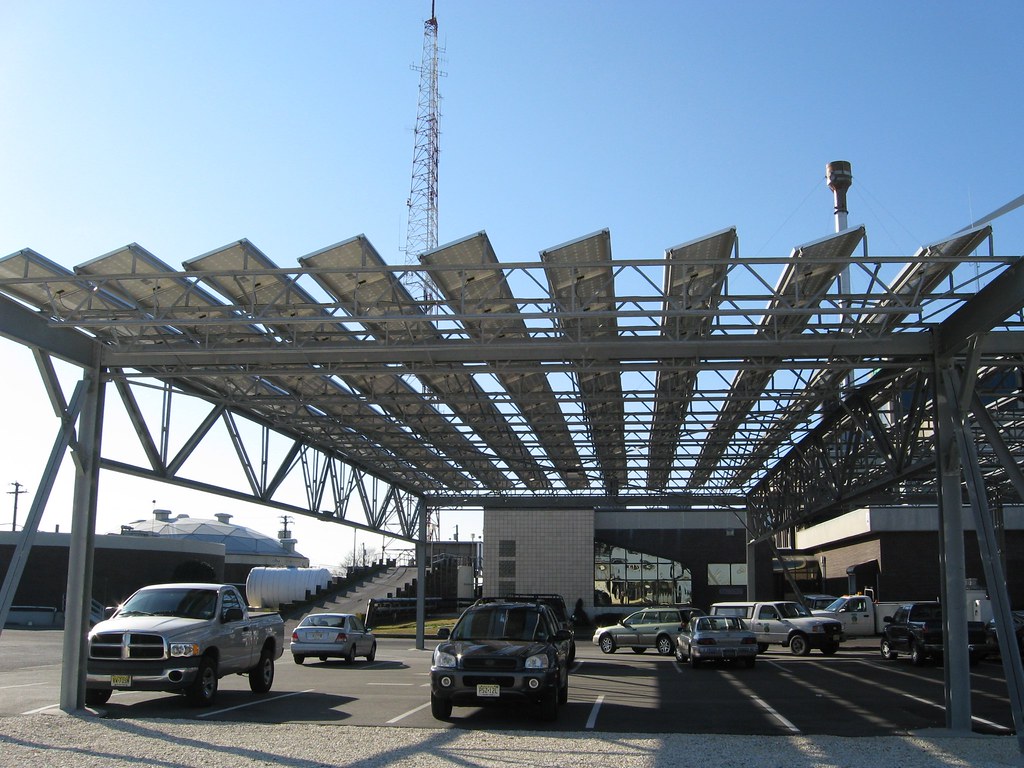
New Jersey ranks sixth nationally with 1,415.68 solar installations per 100,000 people. New Jersey is a surprising contender in the residential solar market, thanks to its progressive energy policies and incentives, offering one of the most generous Solar Renewable Energy Certificate (SREC) programs in the country, allowing homeowners to earn credits for the energy their systems produce, and New Jersey also has strong net metering policies and various state incentives. The Garden State has quietly become a solar powerhouse, ranking among the top states despite its dense population and limited space.
New Jersey’s Successor Solar Incentive (SuSI) program provides substantial financial incentives, including payouts for generated solar energy, similar to how Massachusetts has a strong Solar Renewable Energy Credit (SREC) market that incentivizes solar production. It’s like finding a hidden gem – New Jersey has leveraged every rooftop and parking lot to maximize solar potential in one of America’s most densely populated states.
Vermont’s Small State, Big Solar Ambitions
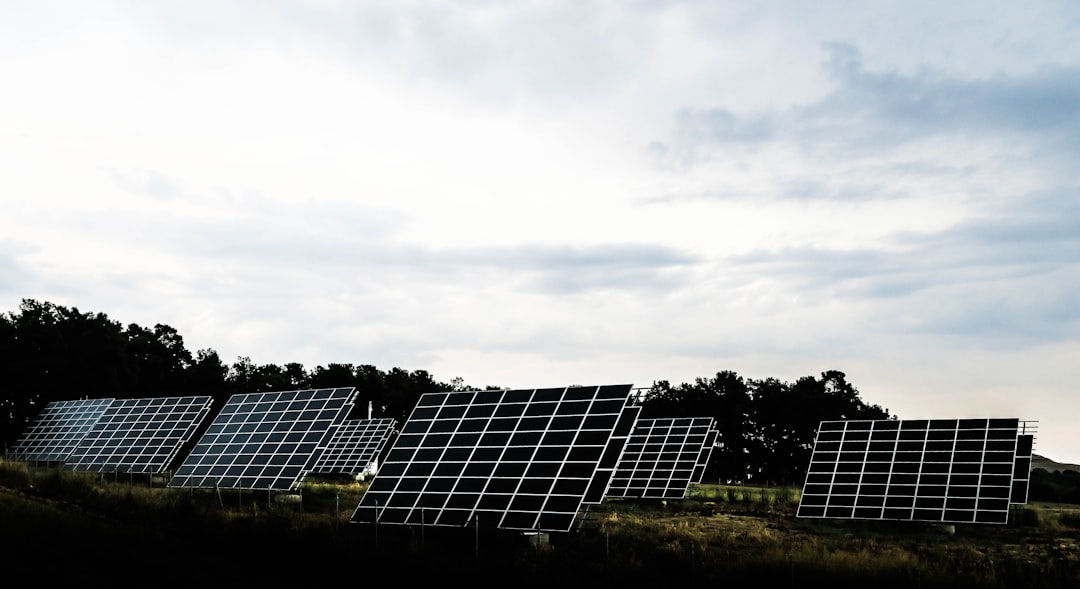
Vermont ranks seventh with 1,412.86 solar installations per 100,000 people. In 2023, solar energy from both utility-scale and customer-sited, small-scale photovoltaic installations accounted for about 16% of Vermont’s total generation, with Vermont having about 333 megawatts of solar capacity installed by September 2024. For a state known more for maple syrup than solar panels, Vermont has quietly built an impressive solar infrastructure. Renewable resources provided nearly 100% of Vermont’s in-state electricity generation in 2023, the largest share for any state.
Vermont’s Solar For All will establish the Residential Assistance in Solar Energy (RAISE) program and the Multi-Family Affordable Solar Housing (MASH) program, and will also increase funding for the Affordable Community Renewable Energy (ACRE) program. Vermont shows that even small states can punch above their weight when it comes to renewable energy leadership.
Connecticut Maximizes Limited Space for Solar Growth
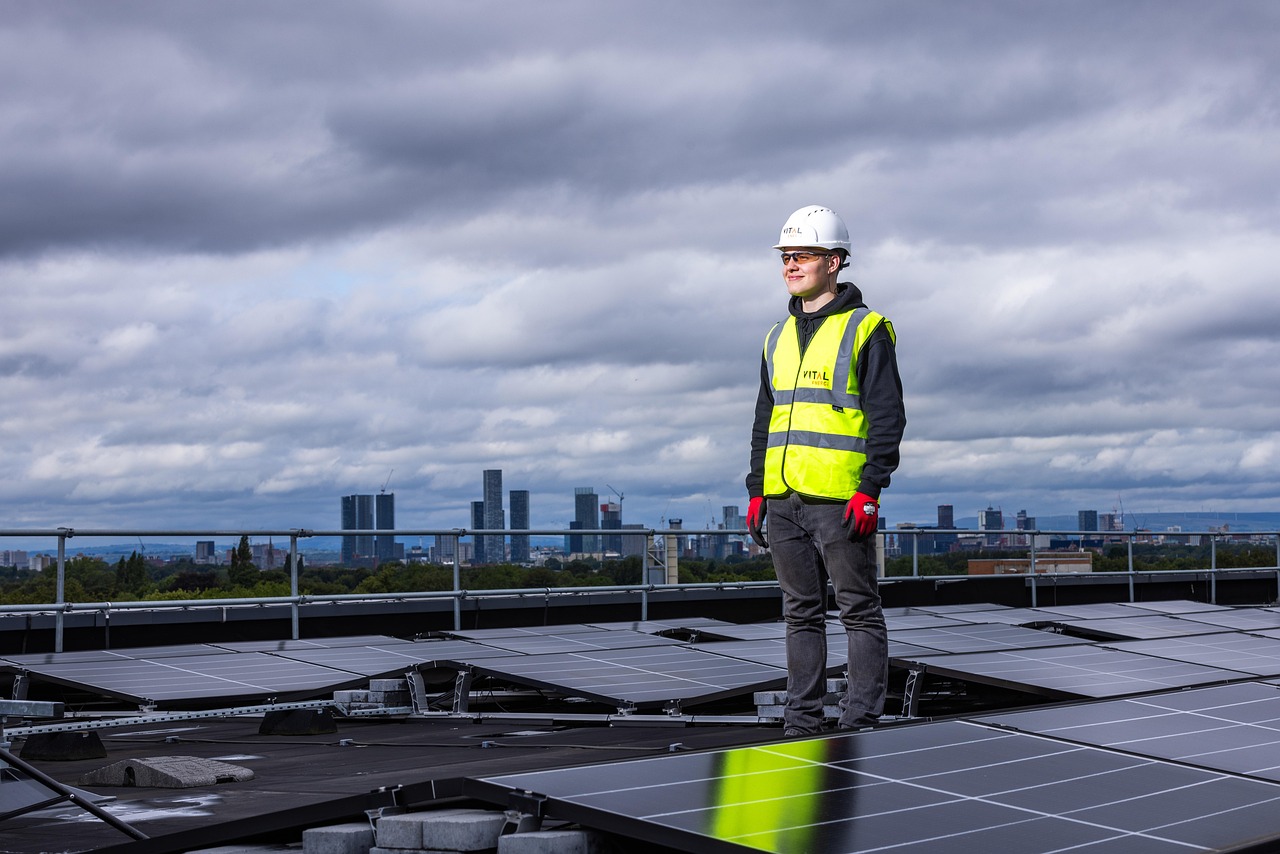
Connecticut rounds out the top ten with 1,392.13 solar installations per 100,000 people. While Connecticut is not the sunniest state and the cost of solar is slightly higher than the US average, there is still potential for it to be financially viable for a lot of residents, with the cost of electricity significantly higher than the country’s average at about $160 monthly compared to the national average of $130, meaning the dollar per power residents get back for their solar system with net metering will be higher. Connecticut has turned its high electricity rates into a solar advantage.
The state government has exempted solar panel systems from sales and property taxes, which means homeowners can save 6.35% on project costs immediately, and the Connecticut Green Bank offers Smart-E loans with an APR ranging from 4.49% to 6.99%, facilitating up to $40,000 for home energy efficiency upgrades, including solar panel installations. In a state where every square foot counts, Connecticut residents have learned to make the most of their rooftop real estate.
Nevada’s Desert Solar Boom Transforms the Silver State
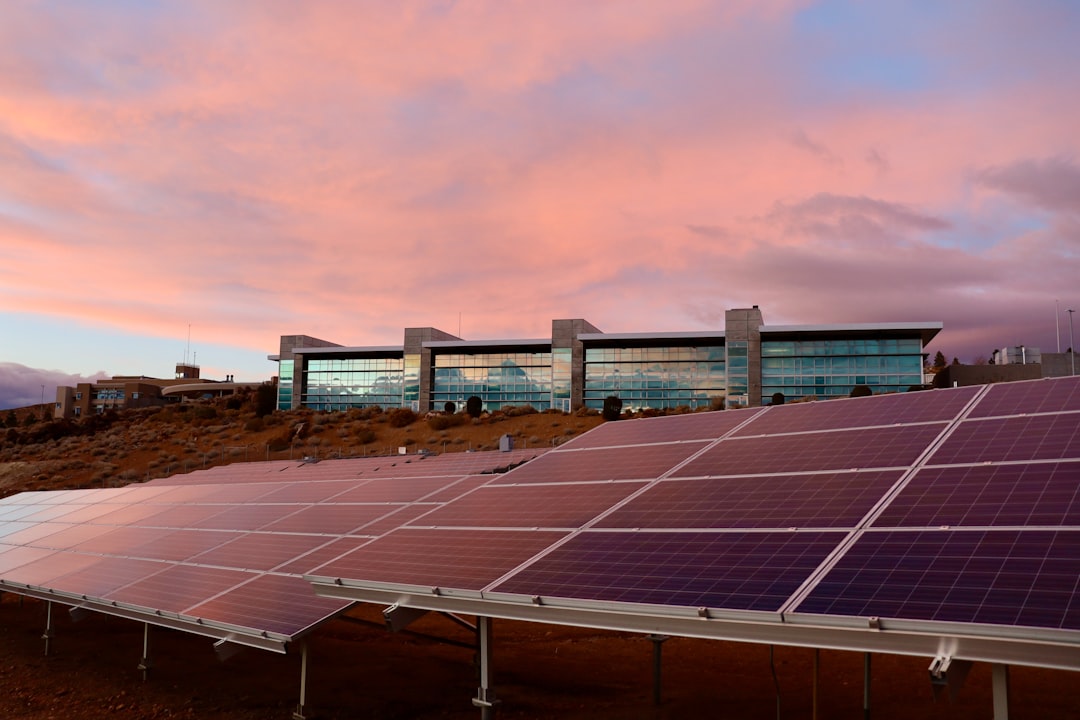
Nevada secures its position with 1,931.77 solar installations per 100,000 people, ranking fourth nationally in per capita installations. Nevada is second on the list with 44.9% of its electricity coming from solar energy. Nevada’s vast deserts are now home to more than just natural beauty; they are also the site of booming solar energy projects, with the state’s commitment to renewable energy evident in its rapid solar growth, fueled by utility-scale projects and residential installations. The Silver State has struck solar gold in its desert landscape.
Nevada’s abundant sunshine and supportive policies make it a hotspot for residential solar adoption. When you fly over Nevada today, you’ll see something that would have amazed travelers on the old California Trail – massive solar installations gleaming like silver lakes in the desert, turning the state’s most abundant resource into clean electricity.
The Solar Revolution Reshapes America’s Energy Landscape

Solar adoption is soaring, with 4.7 million systems operating as of 2023, and thanks to federal and state incentives, the cost of solar panel systems is becoming more accessible to homeowners. As of 2024, the United States has witnessed a notable advancement in solar energy adoption within the residential sector, with 4.2 million single-family homes equipped with solar installations out of 84.69 million eligible homes, representing approximately 4.96% of all single-family homes nationwide, marking a significant milestone in the nation’s shift towards renewable energy sources. We’re witnessing the quiet transformation of American neighborhoods, one rooftop at a time.
The cost of residential solar panels has fallen by 40% in the last decade according to the Solar Energy Industries Association, with decreasing prices combined with federal and state incentives leading to an increase in the popularity of home solar panels. A pivotal factor in solar’s ascendancy is the dramatic reduction in costs, with an 80% decrease since 2010 making solar installations an economically viable option for a broader population segment, enhancing its accessibility. What started as a luxury for environmentally conscious homeowners has become mainstream America’s energy solution – and these leading states are showing the rest of the country how it’s done.
